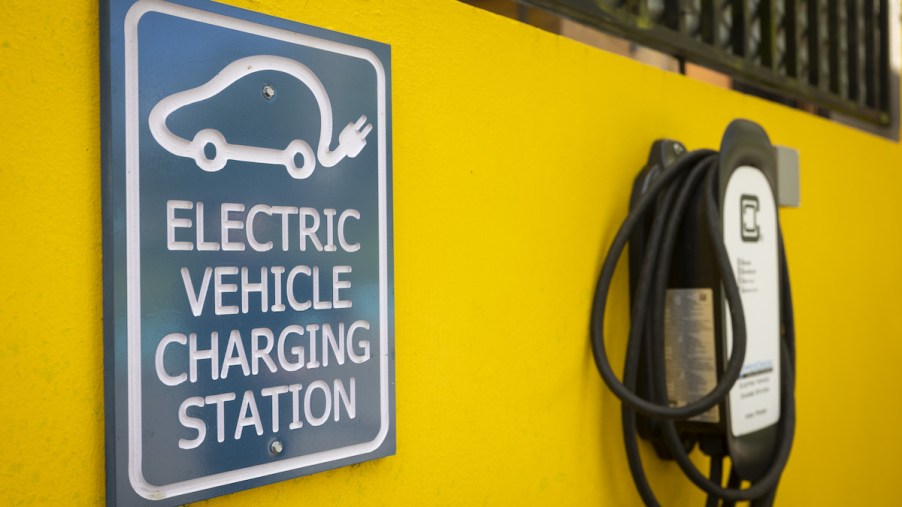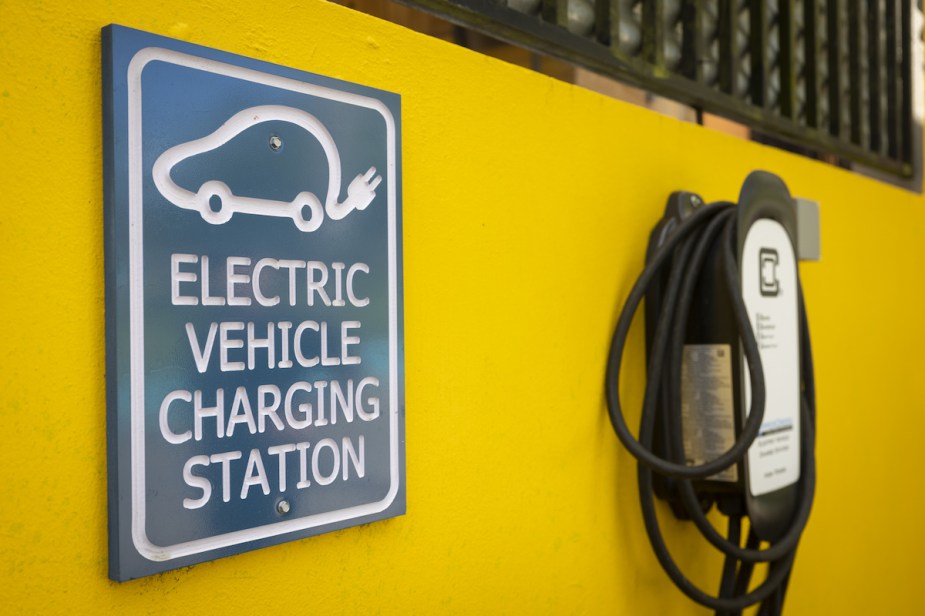
Do Electric Cars Need Transfer Cases?
Man parts go into creating a smoothly running EV and an internal combustion engine (ICE) vehicle. However, not everything that goes into an EV goes into an ICE vehicle and vice versa. So, does an EV need a transfer case, and what is it?
What is a transfer case?

A transfer case is one of the most important components for all-wheel drive and four-wheel drive vehicles. Without a transfer case, there would be no way for engine power to be distributed between the front and rear axles. Transfer cases work through the use of a chain or gear setup in all-wheel drive and four-wheel drive vehicles to transfer power from the engine and transmission to all four wheels.
There are a few different types of transfer cases outfitted in vehicles today. First is a basic full-time four-wheel drive setup where the transfer case always works at maximum capacity. There is also a part-time all-wheel drive system that can toggle all-wheel drive modes at the push of a button. This gives drivers the power to run at maximum fuel efficiency when all-wheel drive isn’t necessary.
On world-class rock crawlers, you will even see transfer cases with variable multi-gear systems, allowing drivers to get maximum torque and power on demand from their four-wheel drive system. But what about electric vehicles?
Do EVs use transfer cases?
Since EVs started hitting the mass market, intricate dual motor, all-wheel drive systems were advertised as the next significant innovation in traction and power delivery, but do they use transfer cases?
The answer to that is no. EVs do not use transfer cases. Electric vehicles with all-wheel drive systems typically use a dual motor system, which places a motor at the front and rear of the vehicle. The internal combustion engine equivalent would be placing an engine and transaxle on both axles, with both engines working harmoniously to deliver power.
In theory, this is great news. Not only does a dual motor system means double the power, but the lack of a transfer case would mean less weight and fewer components to worry about getting hit on the next rock climbing excursion. Not to mention the silent power produced by EVs could mean no more worrying about sound restrictions at the next off-roading event. Sadly, this is not the case…
EVs are not great at off-roading
According to Autonews, all-wheel drive EVs may lack a transfer case, but they do not work well offroad. Most EVs are set very low to the ground to maximize aerodynamics and improve handling by keeping the weight of the heavy batteries found in these vehicles low to the ground. While these battery packs are reinforced, you do not want to go off-roading and end up scraping your battery packs on rocks. Off-roading also is very tough on electric battery range. With both motors constantly searching for grip in off-roading situations, your range is bound to suffer, leading to the possibility of ending up stranded with no reserve power to be found.
However, not all electric vehicles would be bad offroad. With the release of plug-in hybrid 4X4 vehicles like the Jeep Wrangler 4xe, offroaders could have some spare electric torque to power over tough terrain. Meanwhile, hunters could use full-EV mode to drive their Jeep Wrangler 4xe over terrain quietly. There is a ton of potential in the future for electrified off-roading vehicles. Still, for now, we have a few plug-in hybrid options that do a much better job at off-roading efficiently without getting rid of a gasoline powertrain entirely.



